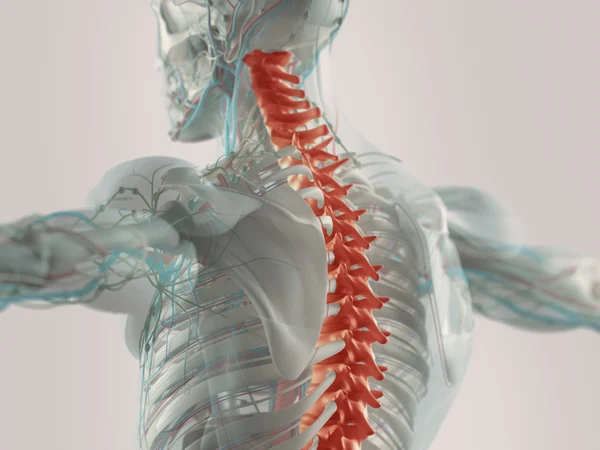
💡 Restoring the Sense of Touch for Spinal Cord Injury Patients 💡
Imagine controlling a bionic arm with your thoughts, but also being able to feel what it touches. This incredible breakthrough from the Cortical Bionics Research Group—in collaboration with the University of Pittsburgh, University of Chicago, and Northwestern University—is doing just that!
The Challenge: Spinal cord injuries disconnect the brain from limbs, making it impossible to feel sensations or move certain body parts. While BCIs (Brain-Computer Interfaces) can help people control robotic limbs, the sense of touch is still missing—making it difficult to perform delicate tasks or gauge object texture.
Here’s what patients were able to feel:
The edges of objects 🖐️
Direction and speed of movement across the arm 💨
The curvature and 3D shape of objects 🧸

What’s New:
The researchers implanted electrodes in the brain to send tactile sensations directly from a bionic arm to the brain. By stimulating areas of the brain responsible for sensory feedback, they were able to create a "touch experience" for patients, even when their spinal cords were injured.
The Impact: This richer sensory feedback allows for more precise control over bionic limbs and creates a more natural experience. Patients can perform tasks with greater ease and gain a deeper connection to their bionic devices.
Why it Matters: This research is a game-changer for people with spinal cord injuries, offering them a new level of independence and improving their quality of life. It’s a major step toward making BCIs more intuitive, practical, and effective. 🙌
